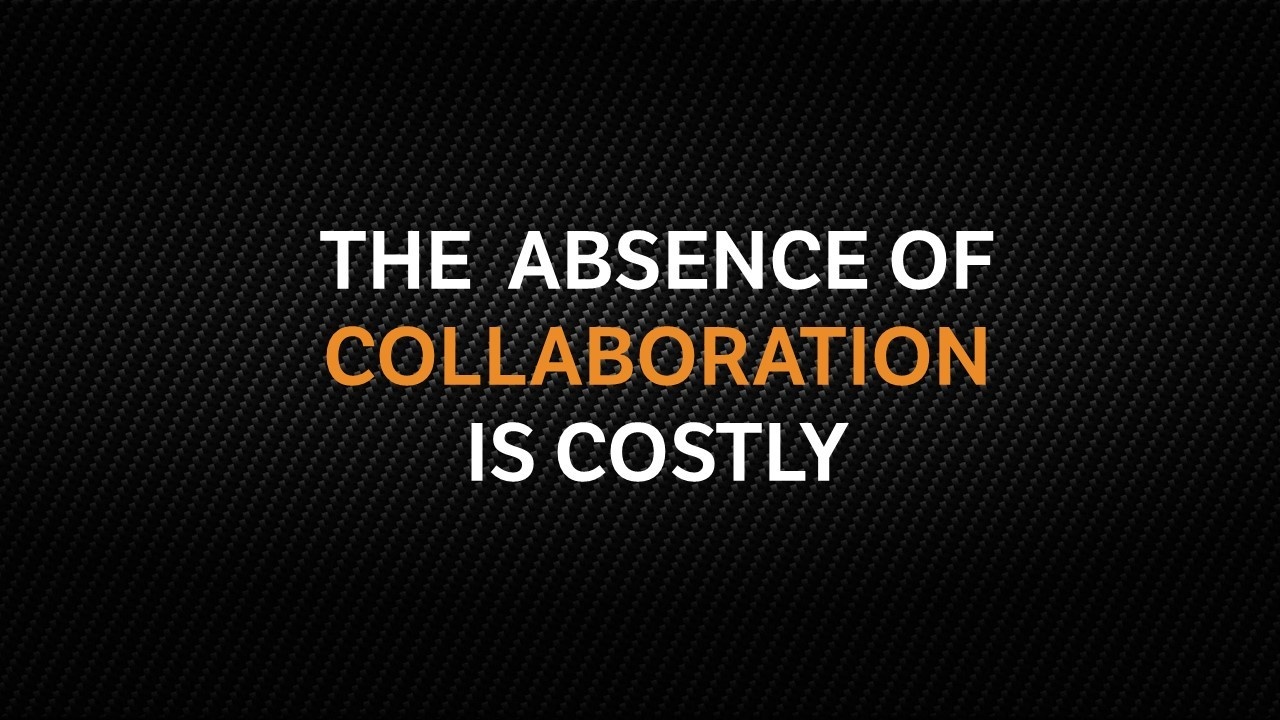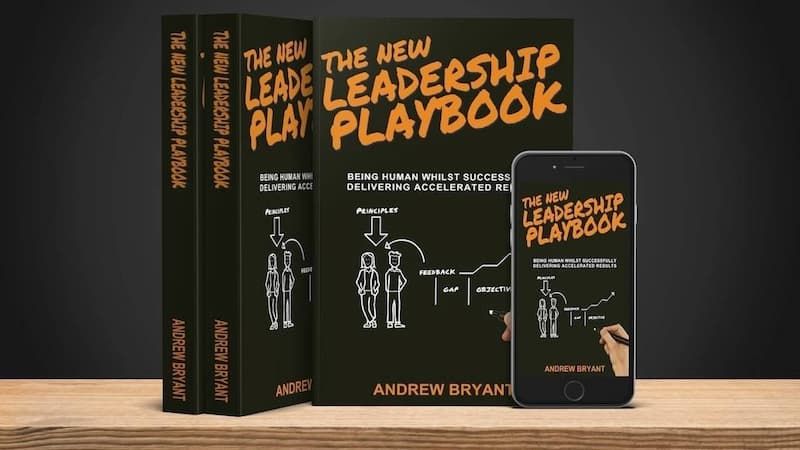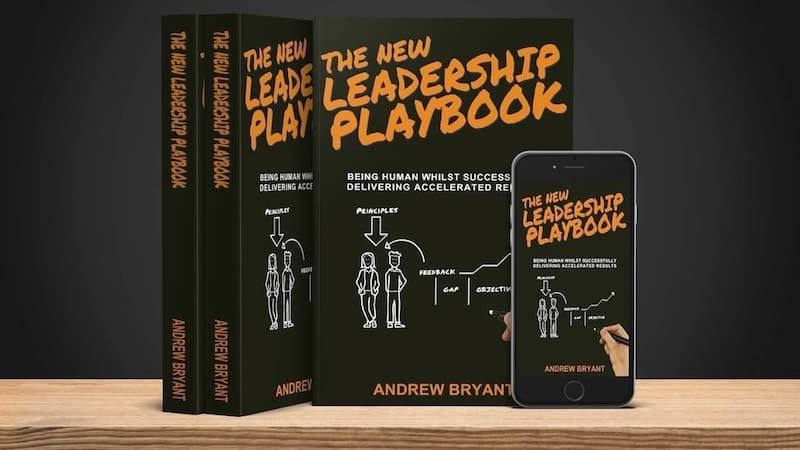The Absence of Collaboration is Costly

Collaboration is the behavior of working with others, in-person or virtually, to produce something. It is the nature of business and a key factor for success, yet it is often lacking.
Some years ago, I was asked to run a conflict management training for a software company in Singapore, I explained to the client that giving people conflict management strategies is a great idea, but the conflict would remain unless the underlying causes of the conflict were addressed. I asked:
"Who is in conflict with whom, and about what?’"
With more gentle probing, I discovered that the engineering team was motivated and rewarded to keep the servers online and secure. The innovation team was motivated and rewarded for developing new solutions and selling them to market.
‘I’m curious,’ I probed further. ‘Does the innovation team need to test their beta software on the engineering team’s servers?’
The answer was ‘yes’, and this was the source of the conflict because if the innovation team’s product wasn’t perfect, it had a negative impact on the engineering team’s key performance indicators.

The Barriers to Collaboration
There’s an African Proverb that goes something like this:
“If you want to go fast, go alone. If you want to go far, go together.”
Humans work well together when they feel safe, and part of a tribe. If there is conflict, the following barriers to collaboration may be present:
• Weak egos - driving a need for power over others
• Lack of confidence - causing people to not communicate
• Fear of consequences - leading to people keeping ideas to themselves
• An ill-designed reward system - creating competition between people and departments
• Out-of-date procedures—resulting in 'process over people'
• Unwillingness to consider others’ perspectives - driving ignorance and arrogance.
Effective leadership creates a culture and environment of psychological safety that addresses and negates these barriers. How to do this is covered in 'The New Leadership Playbook: Being Human Whilst Successfully Delivering Accelerated Result, but in short, you need to create two mindset shifts:
- A shift from competition to abundance
- A shift from solution first to needs first
Have you noticed how children will fight over who has the largest slice of cake? This is the mindset of scarcity because it feels like if someone else gets more you get less. But have you noticed, as an adult, that if you collaborate, you can bake a bigger cake?

Moving from needs first to solutions first requires stepping back from reactive thinking to become aware of what our needs are, and considering the needs of the other stakeholders.
For the software company I mentioned earlier, the need of the engineers was security, and the need of the innovation team was experimentation. The needs were incompatible on a 'live' server, but when teams were reorganized to collaborate in a safe offline environment the company was able to accelerate the creation of secure and innovative products that met the needs of its customers without conflict!
GET A FREE CHAPTER
THE NEW LEADERSHIP PLAYBOOK
BEING HUMAN WHILST DELIVERING ACCELERATED RESULTS



